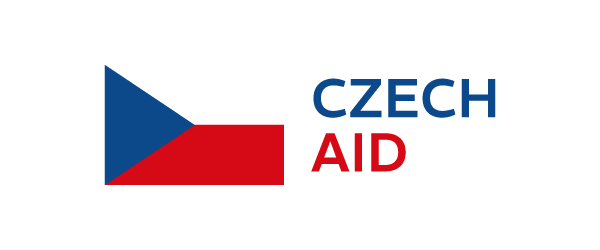An interview with Mr. Lukáš Blatecký, expert on Smart Cities from the Czech company INCINITY.
Cities worldwide are growing and urbanization is a continuing trend. The UN data say that until 2009, more people lived in rural than in urban areas. Today, around 55 per cent of the world’s population lives in towns and cities, with the level of urbanisation projected to reach almost 70 per cent by 2050. To promote international community’s interest in opportunities and challenges related to urbanization, the UN even designated 31 October as World Cities Day.
People move into cities as they often provide more job opportunities and services. The urbanization trend also creates new challenges – how to keep cities sustainable, how to cope with the increased traffi and increased demand for public transport and infrastructure? To address these challenges, many cities are seeking techological innovations to improve urban lives and livelihoods. While doing so, they are implementing modern smart solutions and consequently becoming „Smart Cities“. According to the European Commission, a smart city is a place where traditional networks and services are made more efficient with the use of digital solutions for the benefit of its inhabitants and business. On the occasion of last month’s UN World Cities Day, we bring you an interview with Mr. Lukáš Blatecký from INCINITY.
Mr. Blatecký is a professional who specializes on providing smart solutions and technologies to municipalities around the world and he kindly agreed to share his views on the current development of Smart Cities.
Could you explain us how the smart city concept started and how it evolved from its early days to the technologies we have now?
Sure, there has been a big change in the smart cities sector, especially in the last 10 years or so. In the beginning only large cities were interested in purchasing various sensors and systems for city management. We are talking about speed cameras, weather stations, electronic traffic signs and so on. Everything changed with the spread of mobile internet connection and coverage, which allowed many more companies to offer products based on wireless connection. Really, leaving cable networks was important because it allows us to install our systems basically everywhere.
Today, we can truly say that smart cities are a phenomenon across the globe and both large and smaller municipalities participate. Clearly, it is not a revolution but only an evolution which takes a lot of time, but from our company’s experience, we clearly see a spread of smart technologies across cities and towns.
What are the main steps municipalities need to take to purchase smart technologies?
In our work we see towns in various stages of readiness for implementation. In general, the leadership needs to identify what are the issues – parking, air quality, security, traffic density etc., they want to work on.
The beginning is the worst, because one needs to accept that searching a supplier of smart technologies takes time, the initial investment can be quite big for come budgets, the system requires specially trained personnel, and most importantly, the smart system will produce information and datasets which need to be acted upon, to actually achieve change.
On the flip side, once a city goes through this process and if their partner understands its needs, combining multiple smart solutions and systems leads to quicker results. Preferably, various systems and sensors will produce more complex data (traffic density, use of public transport, air quality, weather) which can be linked together and integrated. At this point, smart system can bring significant savings or even additional income to the city’s budget.
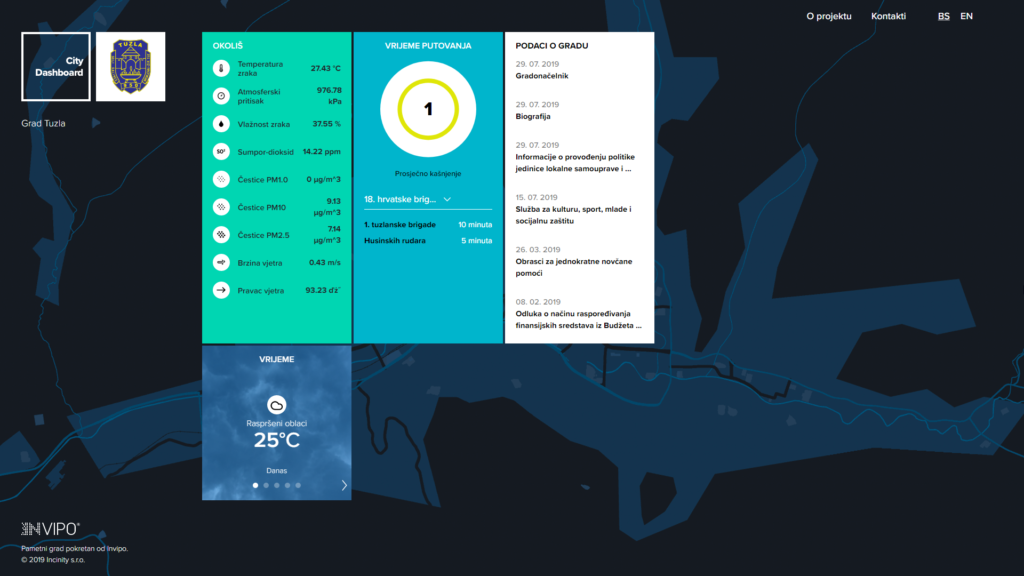
You say quite a big investment. Can you be more specific or the financial aspects? How much does it all cost..
This will always depend on the size of the city and complexity of the solution. Having a big city that develops a strategic plan and implements a number of solutions at the same time, it can easily start at hundreds of thousands of EUR. Naturally, smaller municipalities are not able or willing to spend this much up front.
The other way, which also I personally recommend is to build a smart city step by step. Through purchases of individual systems spread over a longer period of time the municipality can prioritize. It becomes easier to manage the spending and more importantly, to see the benefits each technology brings to the management or to urban dwellers. Last but not least, this step-by-step way is also more acceptable to the public, as the costs and benefits are readily visible.
Ultimately, some smart systems can help to return the investment directly. For instance, parking systems or speed cameras. Others bring benefits such as better environment and air quality, which are felt by the inhabitants.
So there are different ways how investments return?
It will, again, depend on each case. For instance, you can install automated systems for certain agendas such as parking, tolls etc. You can also buy systems that classify and optimize the traffic on main intersections. All these can be projected into savings on the personnel.

Source: Pixabay 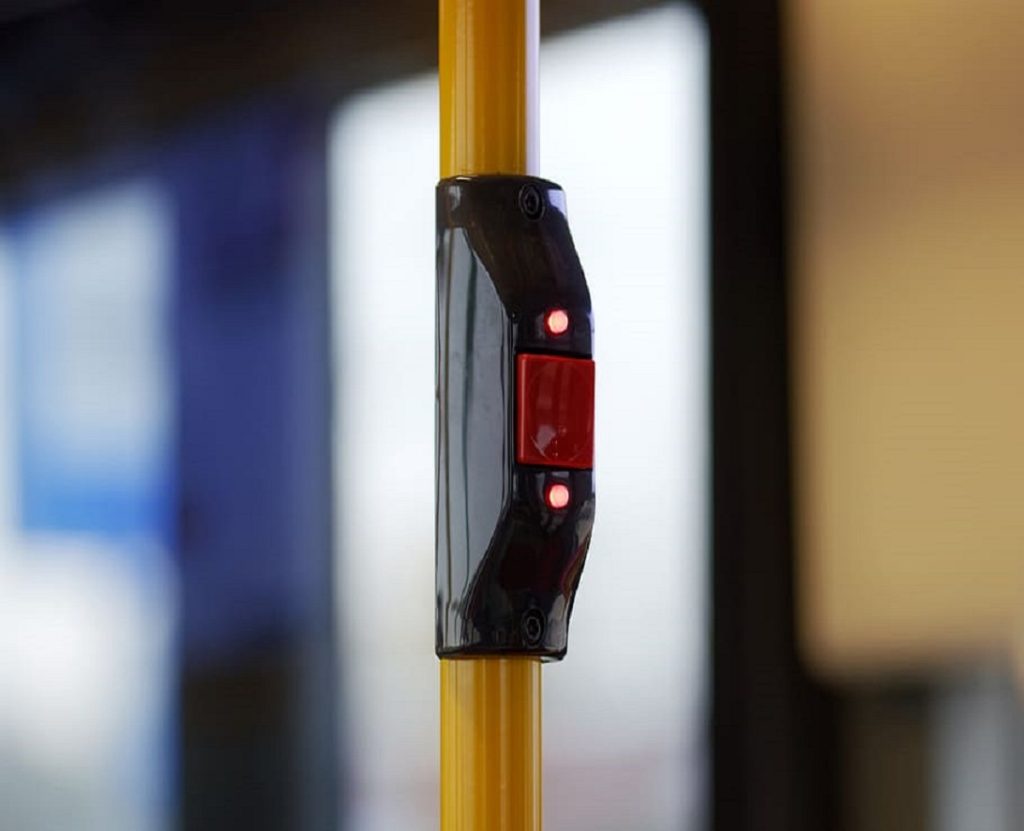
Source: pxfuel 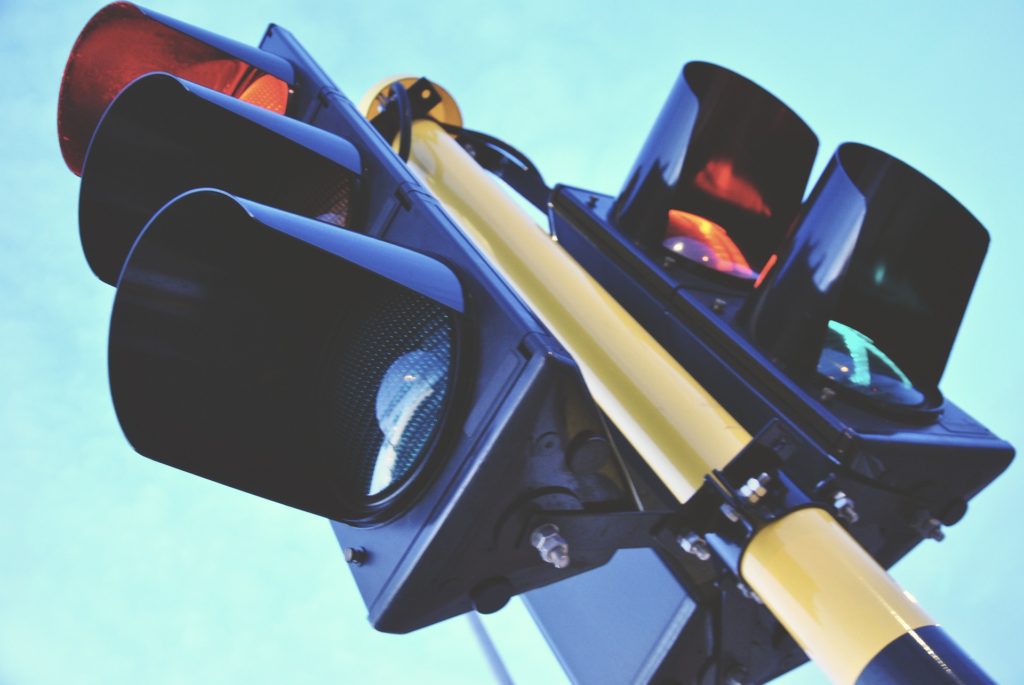
Source: Pixabay
By analysing and optimalization of public transport routes, combined with let’s say traffic data, you can discover which lines need to be prioritized and where you can save money by not deploying that many vehicles. In total, this can lead to reducing the number of deployed buses without impacting the quality of transportation for citizens. At the same time, I believe that the purpose of smart technology is not always to generate new income. Its purpose can often be “only” that it improves the quality of life in the city.
What are the most common smart solutions INCINITY is tasked to install?
I would say that parking space monitoring, dynamic traffic control, counting and classification of traffic, analysis of occupancy of waste containers, meteorological sensors, and remote energy consumption measuring systems are very common. In general, traffic, environment and security generate enough opportunities for improvement in most cities. But we could also talk about smart systems people like to purchase individually for their households, that is a whole another category.
You mentioned the climate. How do smart technologies help protect the environment?
Optimalization of traffic and ways to make public transport better and efficient so more people use it can be such example. But I have another one in mind.
Think about sensors for measuring the air quality and fine air particles. These sensors have become very affordable in recent years and they are easy to use. Like this, the air quality can be measured anywhere. And anyone can do that for their own neighbourhood. Having all these datasets together can help to promote policies and green initiatives supported by hard data. And you can do this with some 100 EUR investment.
Imagine the kind of data that large institutions gather, after investing millions. From my perspective I am sure that there are great innovative tools that can help us protect the environment. What I am not sure about is whether all of us actually have the will to protect it.
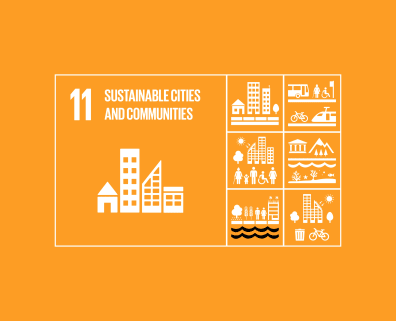
About the project, SDGs and the Challenge Fund
Lukáš Blatecký represents INCINITY, a Czech company that won the support of Czech-UNDP’s Challenge Fund in 2019, with their project Introduction of smart city platform to effectively manage resources in the City of Tuzla, in 2020 with ITS platform of state road administration in Moldova, and in 2021 with Implementation of smart city platform with public portal in the City of Tbilisi. You can reach Mr. Blatecký and INCINITY at www.incinity.cz or by contacting the CUP at applications.cup@undp.org or LinkedIn.
The SDG 11 formulates the ambition to make cities and human settlements inclusive, safe, resilient and sustainable. Since 2018, the Czech UNDP Partnership for SDGs has supported the implementation of several urban smart solutions thanks to the funding from the Ministry of Foreign Affairs of the Czech Republic. You can learn more about the projects here. All CUP projects are implemented by UNDP in Europe and Central Asia.
The content of this material does not necessarily represent the official views of the Ministry of Foreign Affairs of the Czech Republic, or of the United Nations, including UNDP, or UN Member States.
